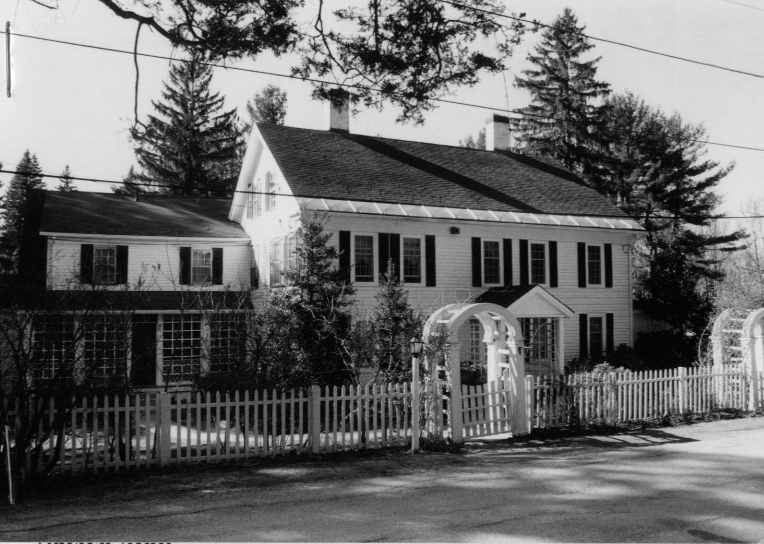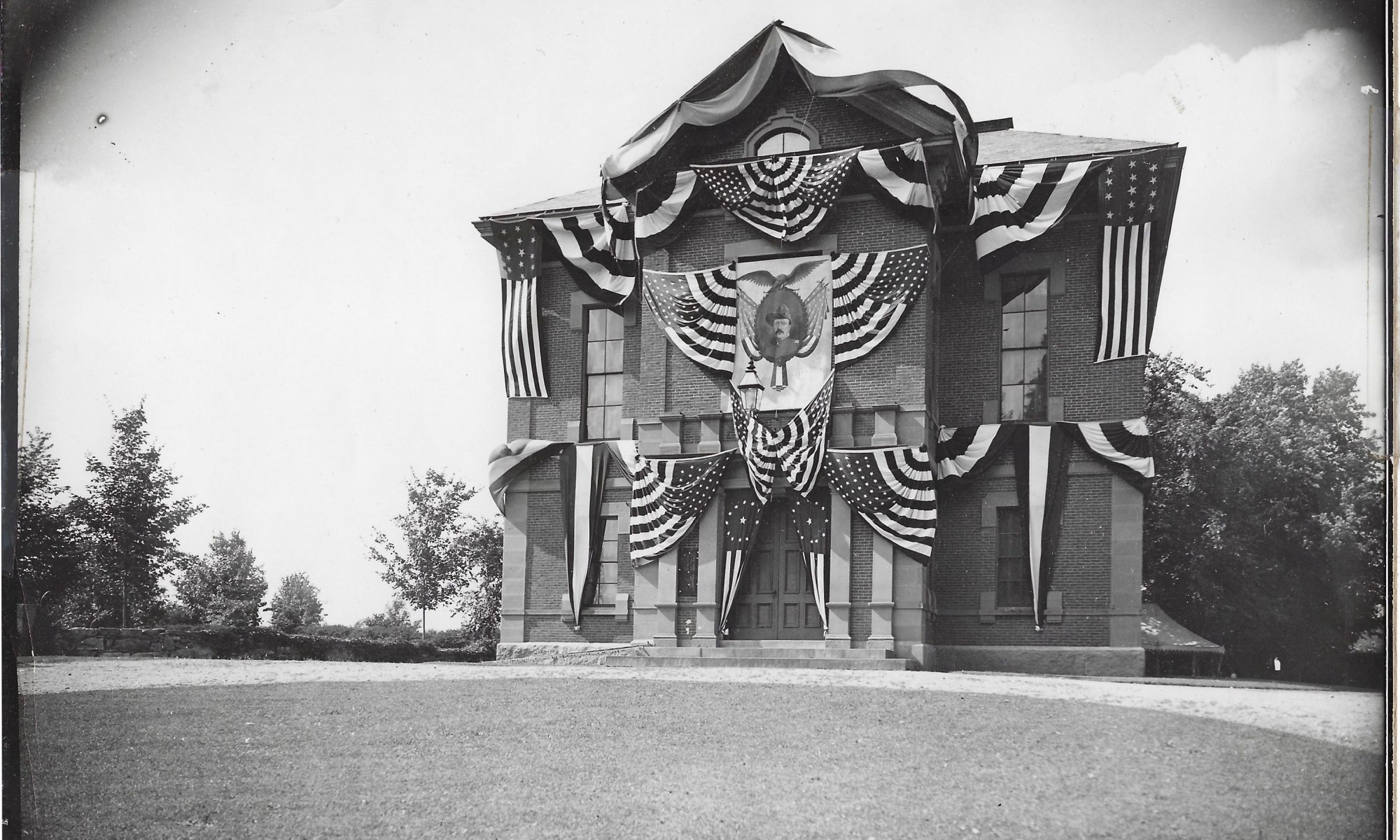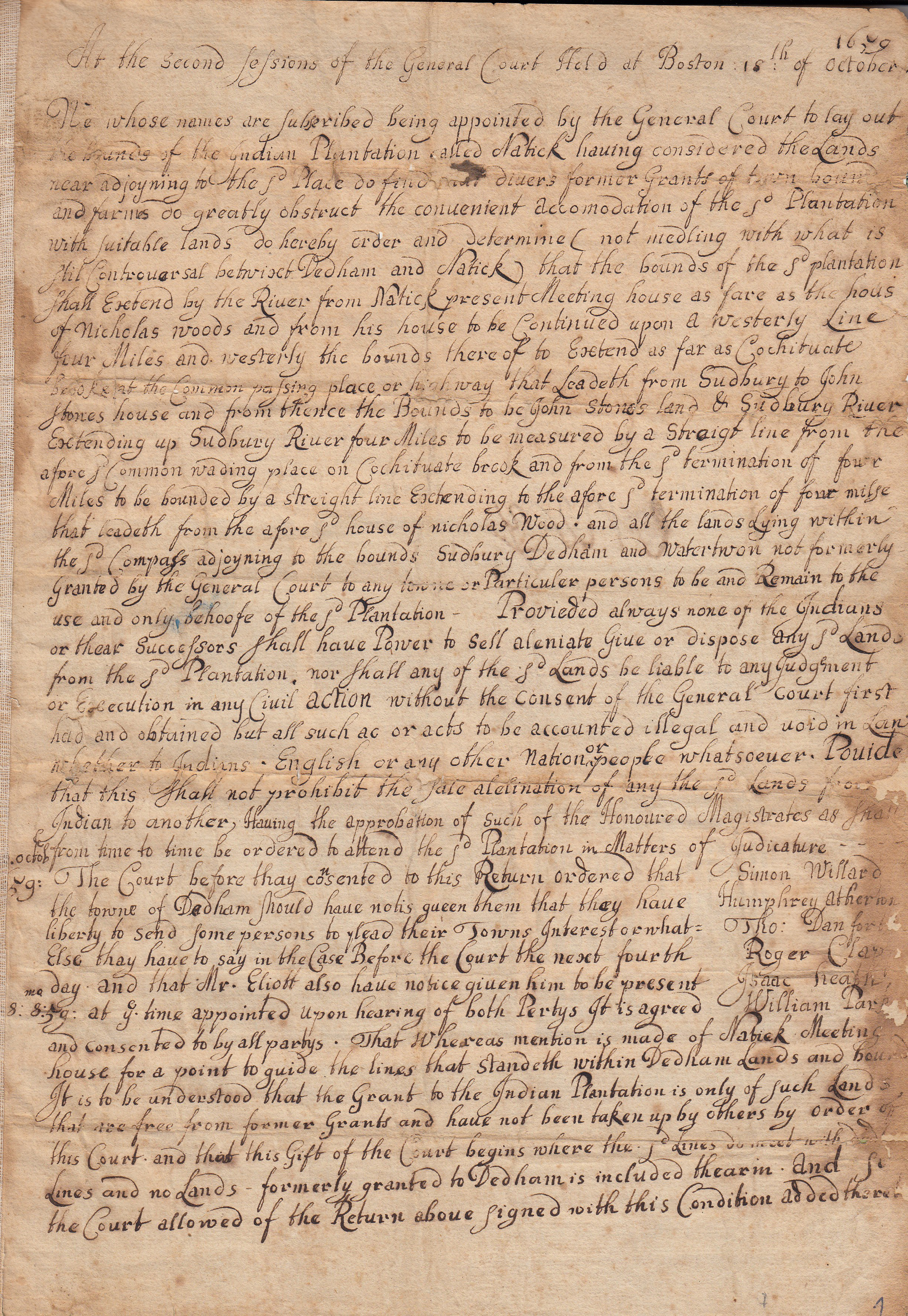At the Southborough Selectmen’s meeting last night it was announced that ca. 1810 Moses and Elizabeth H Fay House at 135 Deerfoot Road had been sold, and that the Town of Southborough had the right of first refusal to buy the property and its 35 acres under a program commonly known as 61A. The program gives a tax break to the owners of agricultural properties as long as they are kept in production. When the owner of a 61A property decides to sell, the municipality that has been granting the discounted tax rate is allowed first right of refusal. That time has now come for Southborough.

First, a little bit about the history of the house and land. The property, commonly called “Cedar Acres” for the large grove of pines located near the house, has been a farm since the early 1800’s, perhaps even the late 1700s, though its first recorded date is 1831. Three generations of Fays, one of Southborough’s founding families, farmed the property throughout the 1800’s. In the 1920s, the property was bought by Elgin John Rowe, an advertiser, as a gentleman’s farm. It is Rowe who updated the facade of the house in the Colonial Revival Style so popular in that era. Of the many original farm outbuildings, only the mid-19th century wooden gable front barn remains, a remarkable survivor of our agricultural past. (You can read the full historical report on the property HERE.)

Last night we learned that the property has been purchased by a developer, Brendon Homes, who builds perfectly nice and entirely banal developments all over New England in a style that has come to be derisively called “Contractor Palladian” on account of its many odd-shaped intersecting gables that violate traditional building proportions.
So let’s say, best case, the developer decides to preserve the historic structure on a tiny half acre or acre lot, and then do what they have done so many times in this area, which is to strand it among a sea of new single-family homes, the sole remaining testament to a once glorious agricultural past. Now my understanding from last night’s meeting is that some of the acreage may be wet and unbuildable, so for argument’s sake, let’s discount 15 acres, and presume 20 new homes on these 35 acres, each home costing $750,000. At our current assessment rate of $16.32 per thousand, that generates a tax return to the Town of Southborough of $12,240. If the houses go for a million dollars each, that amount would be $16,320; a million and half; $24, 480. You get the picture.
Now what does it cost the Town of Southborough for each one of these houses? Well, according to the State of Massachusetts, a typical 3-4 bedroom home will have 1.9 school-age children in residence throughout the life of the home. Here in Southborough, we spend $17,763.41 per student, per year.
So if you do some simple math, it costs the Town $33,750.47 per year for those 1.9 students. This price tag does not include new buildings to accommodate more students, nor does it budget for the cost of increased fire, police or public service costs. The simple fact is that every new house built on this land will take money out of your wallet, my wallet, and the wallet of every other resident in Southborough, FOREVER, because you and I pay the difference between income and outlay. The developer builds, takes the profits, leaves town, and leaves US to foot the bill.
So what’s our recourse? Simple: the Town should exercise its right and buy the property for $1.9 million. That would cost us something as well, but with 20 homes costing us 34K or more a year (675K total per annum) the pay-back period is 2.8 years. That’s right folks. 2.8 years! After that, it’s 675K in savings per year, forever. Obviously the pay-back period changes depending on the cost of the home; it could be longer, it could be shorter — far shorter if some sort of massive cluster development is planned that floods our schools with new residents like the planned Park Central, which is a distinct possibility. By almost under any scenario, we win by exercising our 61A rights.
What would the Town do with the property? The simplest answer would be open space protection — this particular parcel has been flagged since at least the late 1990’s as critical wildlife habitat. (The house with 1 or 2 acres could be separated and sold as a private residence to recoup part of the cost.) Another option would be to use a small piece of the property (keeping the remainder as open space) to create affordable housing, something sorely lacking in Southborough. If there is no appetite for that, a further option would be to simply buy the property, place a conservation restriction on the land and a preservation restriction on the historic structures, and put the property back on the open market. The resale value would be less than the acquisition cost, but again we would gain that money back almost immediately by preventing development.
The morale of the story here for Southborough, in fact, for any community in Massachusetts, is that our open space is more valuable to us when open, for host of reasons. This particular parcel even more so, as it is one of the last intact gentleman’s farms from an era when Southborough was a center for agricultural pursuits. (Southborough was, in fact, the second most productive agricultural town in Massachusetts.) Let’s hope common sense prevails here, and we acquire this property within the 120 day window allowed by the 61A law. It’s a win for historic preservation, it’s a win for wildlife habitat and open space, it’s a win for the preserving the quality of life in Southborough, and most importantly, it’s a win for our wallets.
9/20/17: Editor’s Note: Due to an unintentional misstatement by one of the speakers at the Selectmen’s meeting, the Moses and Elizabeth Fay House property was described as 35 acres – 27 on the west side of Deerfoot Road, and 7 across, which we duly relayed. However, we were informed today by a member of the Open Space Committee that the actual figure is 20 acres on the west side, and 7 acres across the road, which has been verified by plot plan. Additionally, the wetland area seems far less than predicted, so increased development may be possible. For editorial integrity, I have not altered the original post.


















